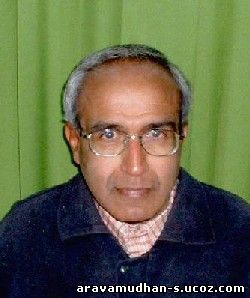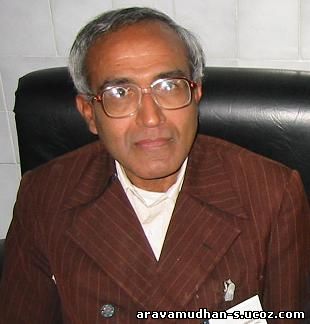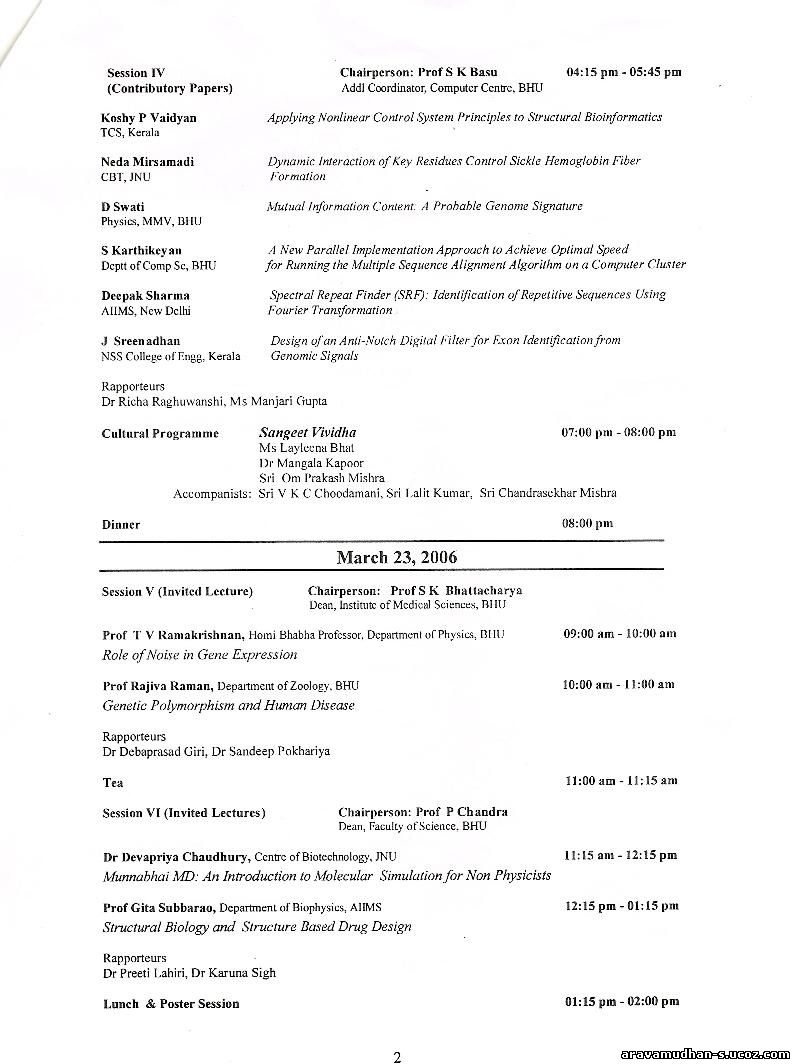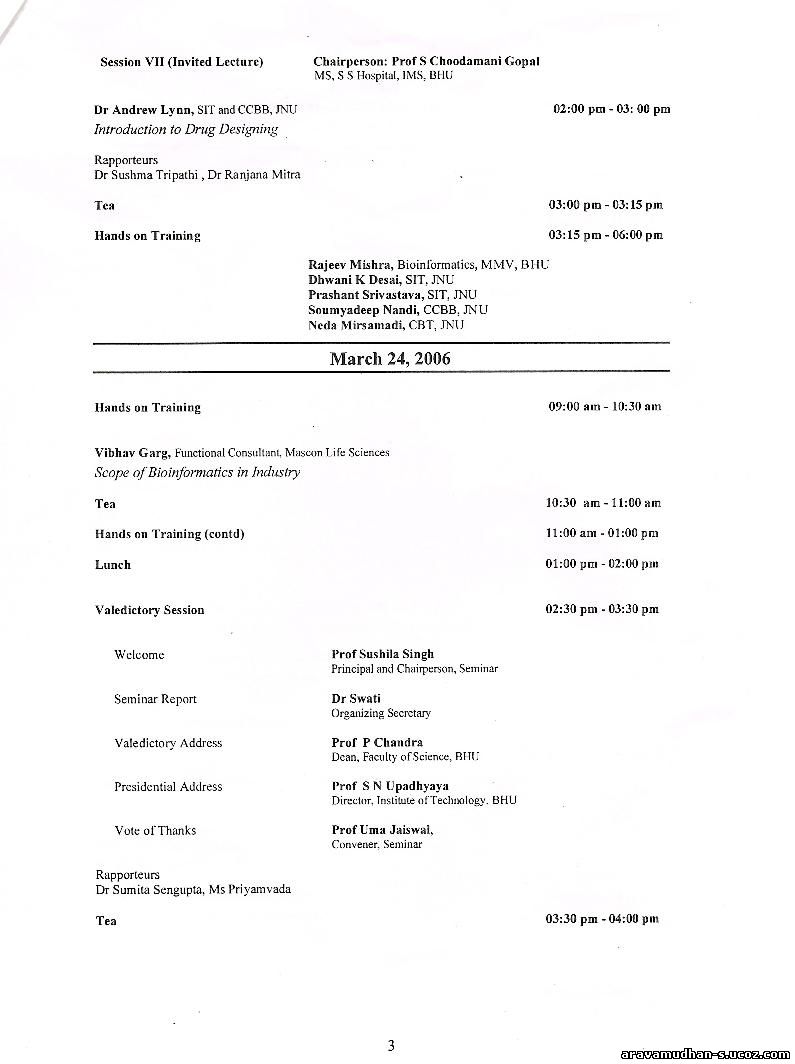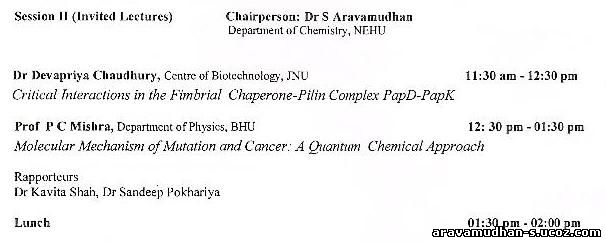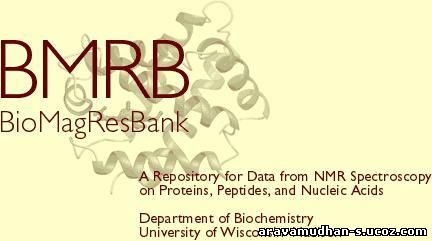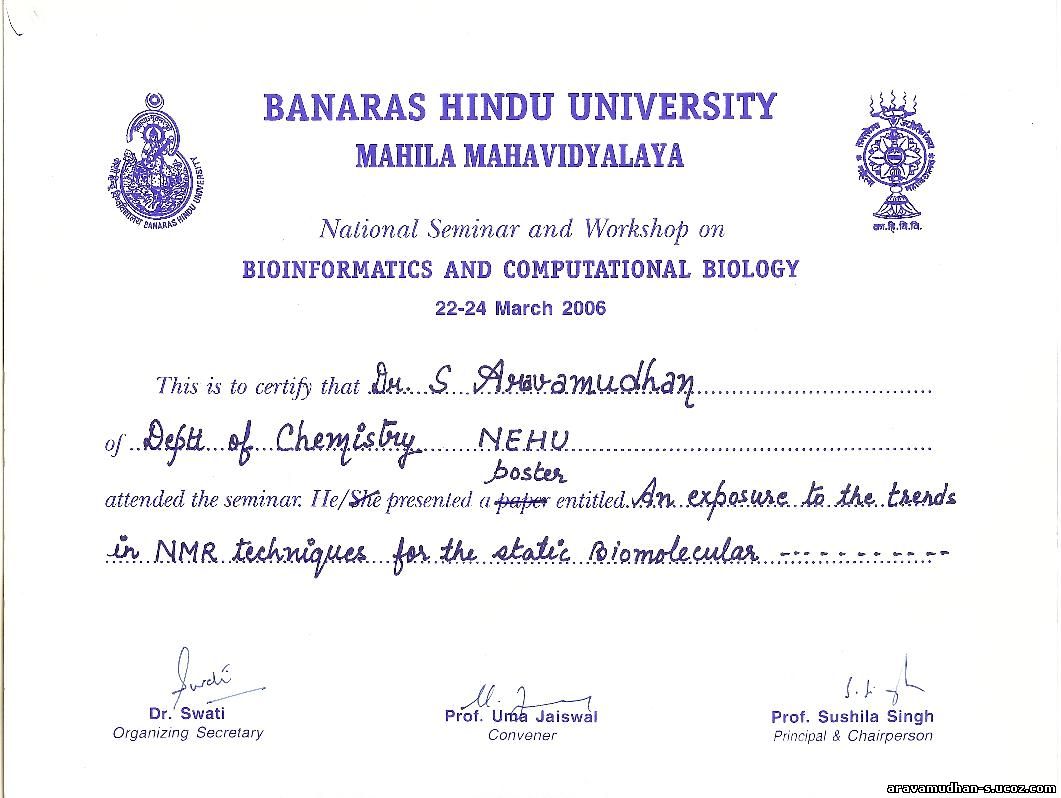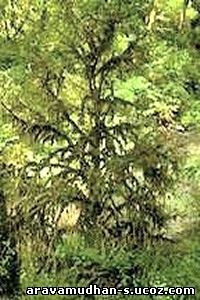
SN7b_NMR_astragalus |

SN7b_huangqi
| |
The root of Chinese
medicine[April 15, 2006]
Hu�ngq� is a plant root used in one of the most common tonics of
Chinese herbal medicine with purported activity in cancer, diabetes,
inflammation, and nephritis. As such, there is a lot of interest in the
active ingredients of this species as it might lead to novel
pharmaceuticals against a range of illnesses. Now, researchers in China
have used proton NMR to identify active components, and report their
results in the journal Magnetic Resonance in Chemistry.
Xingang Du, Yanjing Bai, Hong Liang, Zhiying Wang, Yuying Zhao, and
Qingying Zhang of the School of Pharmaceutical Sciences, at Peking
University Health Science Center, in Beijing and Luqi Huang of the
Institute of Chinese Materia Medica, China Academy of Chinese Medical
Sciences, also in Beijing, have focused on the chemistry of extracts of
Astragalus membranaceus var. mongholicus. The dry roots of this leguminous
plant, more usually known as Radix Astragali, or hu�ngq� (yellow leader)
in traditional Chinese medicine (TCM) is one of the most important tonics
used to reinforce "Qi" (the principle of vital energy in TCM).
Practitioners claim that this strengthens superficial resistance to
disease, promotes the discharge of pus and the growth of new tissue. In
clinical tests it has demonstrated physiological activity in liver
protection, as an antioxidant, an antiviral compound, and in lowering
blood pressure and stimulating the immune system.
The researchers used one- and two-dimensional
NMR, including 1H, 13C, COSY, HSQC, HMBC, and NOESY sequencesto
establish structures of extracts of hu�ngq�. They isolated four
3'-hydroxy-4'-methoxy-isoflavonoids from the dried roots. Namely,
calycosin-7-O-beta-D-glucopyranoside, calycosin,
pratensein-7-O-beta-D-glucopyranoside, and pratensein. This latter
compound was previously unknown and represents a potential new lead for
the development of novel pharmaceuticals from this traditional remedy.
Interestingly, the team found that during structural elucidation of the
compounds, solvent obscured the proton signal patterns somewhat producing
mis-assignments. The team therefore used a range of deuterated solvents to
side-step this issue and were able to correctly assign the novel compound
with confidence as well as correct the previously reported literature
structures for the others.
Related links:
Magn. Reson.
Chem., in press
Zhang's Institute Page
Astragalus
|
